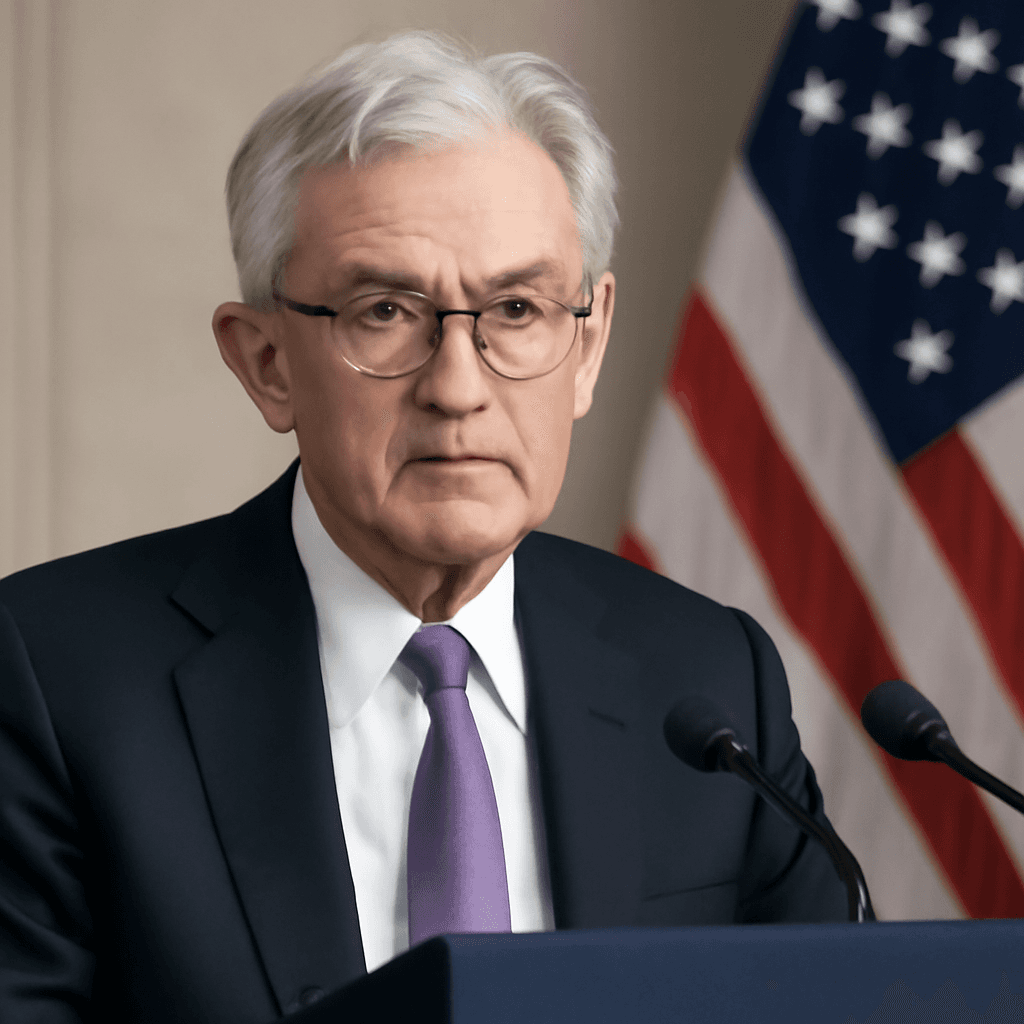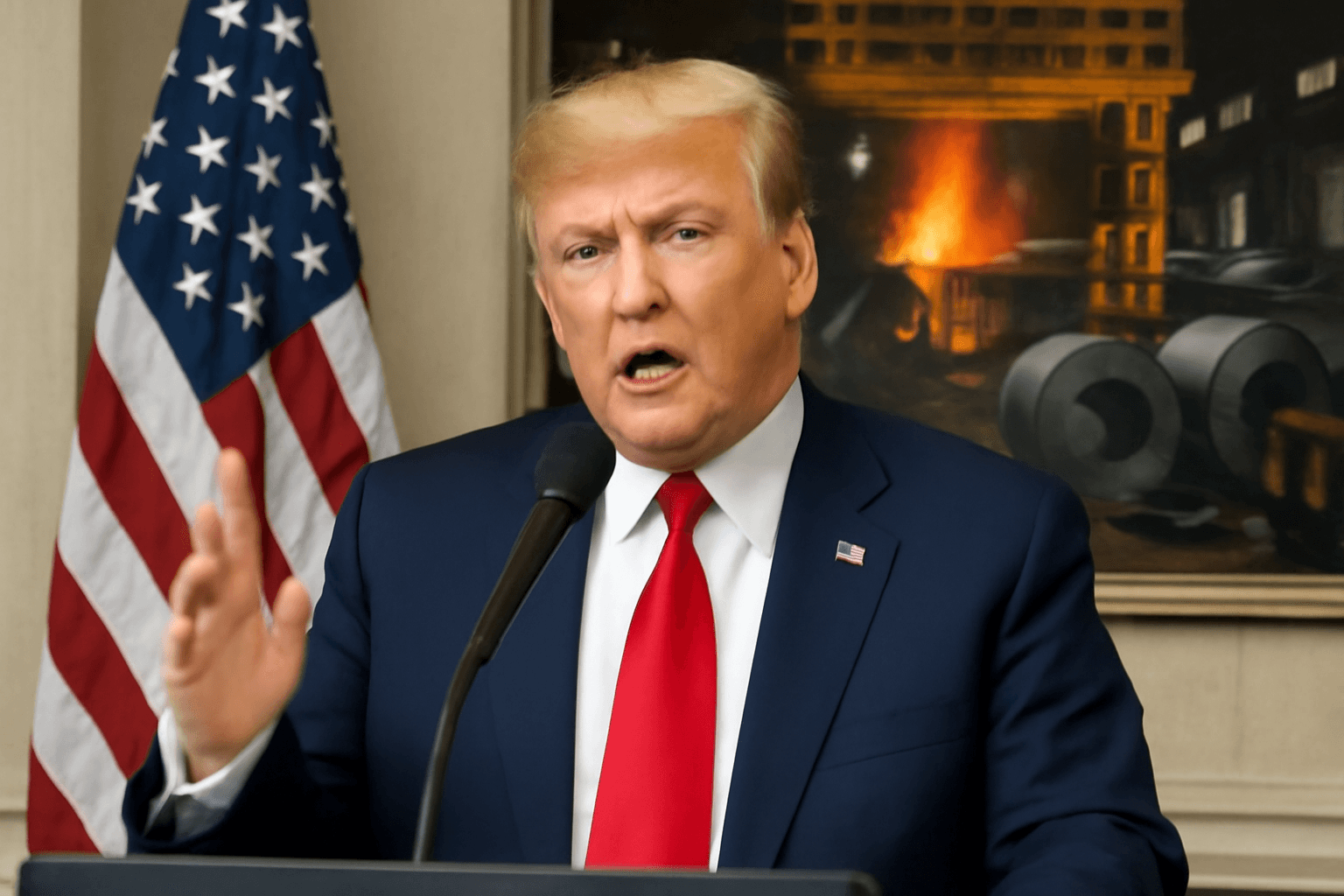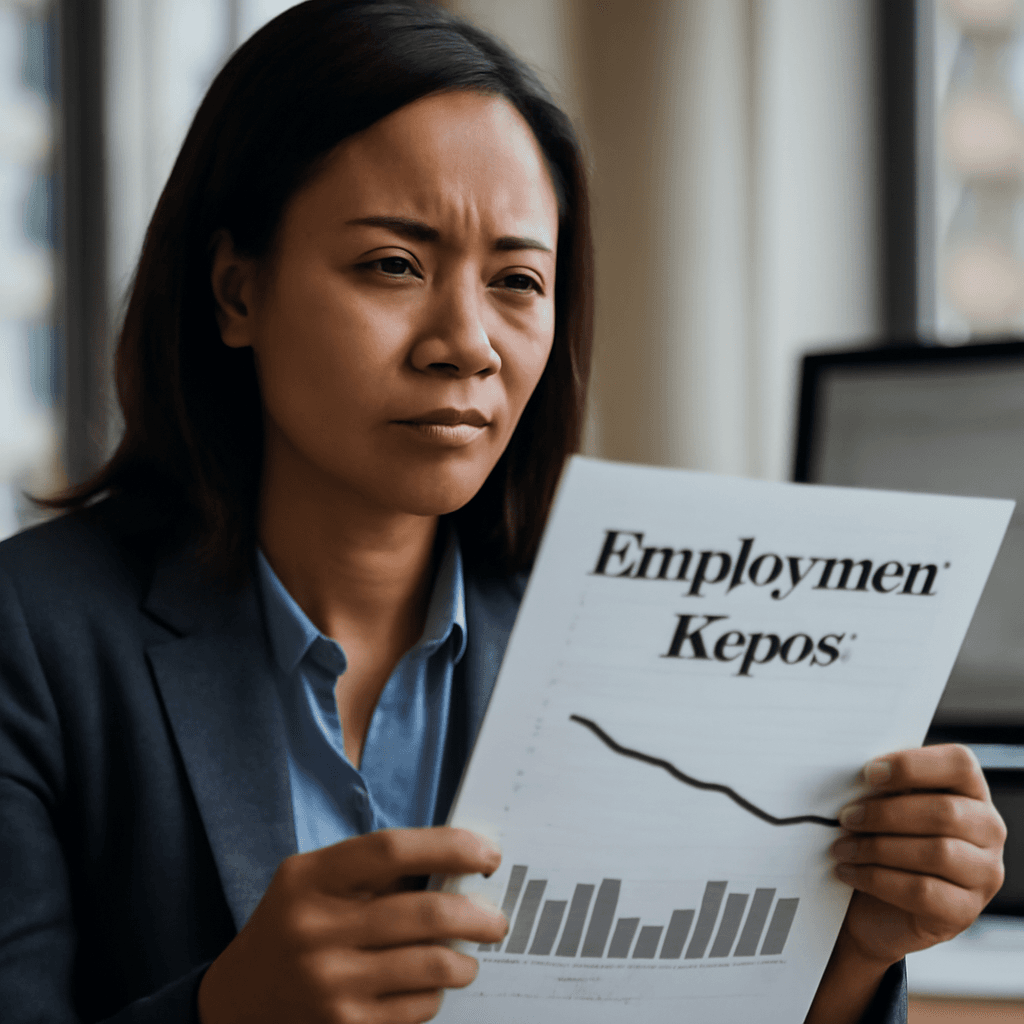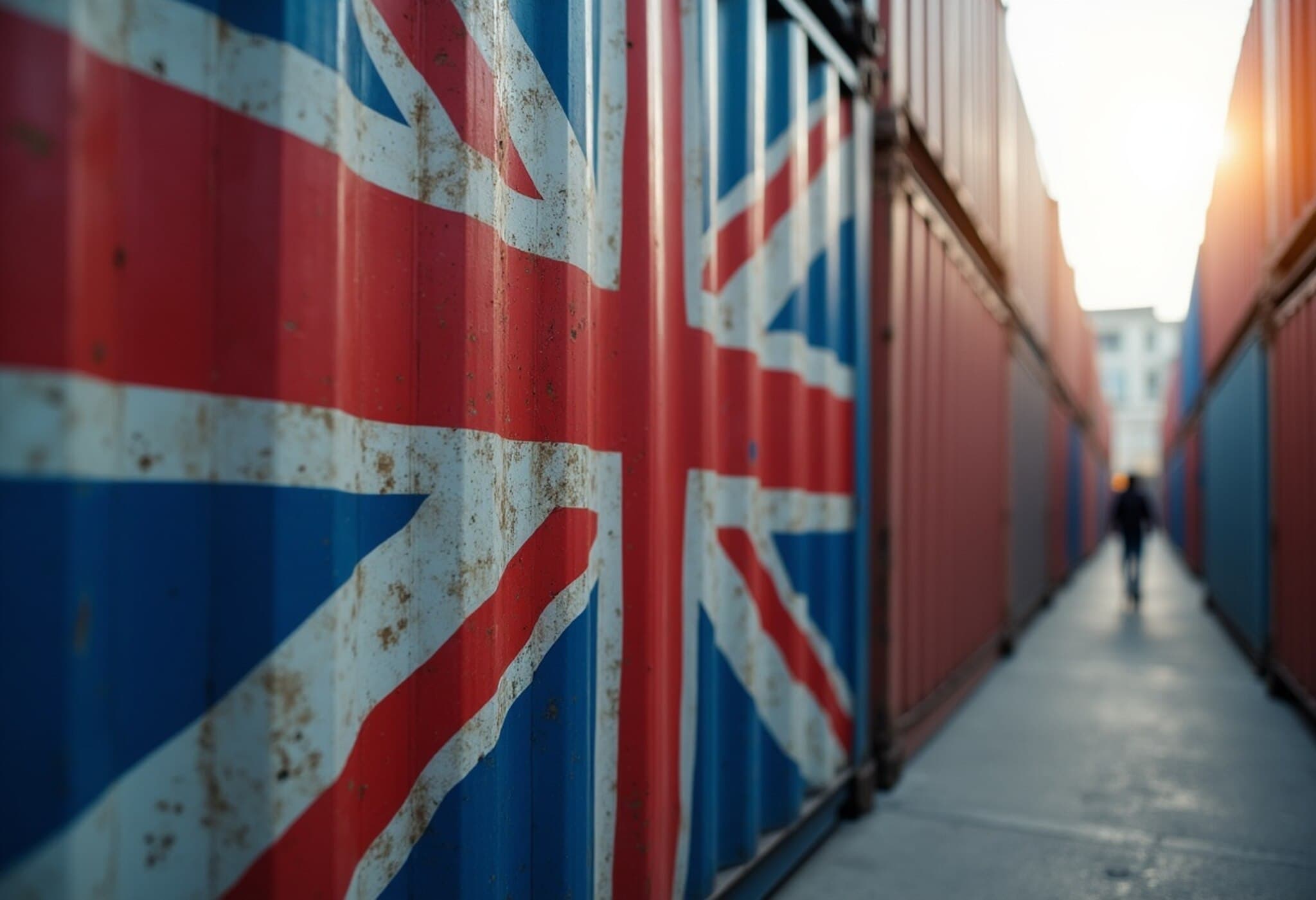Understanding the Impact of Post-Trump Tariffs on Everyday American Goods
As the United States navigates through a complex trade landscape shaped heavily by policies introduced during the Trump administration, American consumers are beginning to feel the pinch. From your morning cup of coffee to the family car in the driveway, tariffs continue to influence prices and supply chains across multiple sectors. While some trading partners have negotiated relief, many American households face the reality of higher costs.
Background: Trump’s Tariffs and Diplomatic Negotiations
In April, then-President Donald Trump initiated sweeping tariffs on a variety of imported goods, aimed at boosting domestic manufacturing and generating billions in government revenue. While the strategy succeeded in some diplomatic quarters — the European Union managed to halve a proposed 30% tariff, with the UK and Japan also scaling back rates — not all countries saw reductions. Canada and others remain subject to steep duties, persisting beyond the August 1 deadlines for implementation.
Expert Insight:
Trade analyst Dr. Julia Martinez explains, "Tariffs often act like a hidden tax on consumers. When trading partners adjust terms, it reflects a complex balancing act between economic pressure and political diplomacy." The US approach underscores a broader debate about protectionism versus free trade, with significant implications for global supply chains.
Sector-by-Sector Breakdown: What’s Getting Pricier?
1. Clothing and Footwear
- Key imports: Vietnam, China, Bangladesh
- Tariffs: 30% on Chinese imports; 19–20% on Vietnam, Bangladesh, and Indonesia
- Impact: Retail giants such as Walmart and Target, alongside brands like Levi Strauss and Nike, warn of inevitable price hikes.
Yale’s Budget Lab estimates a potential 37% short-run increase in apparel prices — a rise that comes after months of declining costs.
2. Food and Beverages
- Coffee: 50% tariffs on Brazilian coffee, 20% on Vietnamese
- Olive oil & Mediterranean imports: Subject to 15% EU tariffs under new agreements
- Mexican produce: Tomatoes, avocados face increased tariffs, despite exemptions
- Alcohol: Uncertainties remain regarding EU tariffs on Irish whiskey and champagne, with potential cost inflation
According to estimates, food prices could jump 3.4% in the near term, disproportionately affecting fresh produce consumers.
3. Automotive Industry
Although a March imposition of a 25% tariff on imported passenger vehicles was somewhat reduced (15% for EU and Japan; 10% for the UK), consumers may still soon see the impact. Vehicles assembled in Mexico or Canada face indirect cost increases, which manufacturers have so far absorbed but may eventually pass on to buyers.
4. Housing and Construction Materials
Building costs are rising as tariffs on steel, aluminum, copper (now at 50%), and potentially lumber increase expenses for home builders. The National Association of Home Builders notes that the ripple effect could drive up new home prices, particularly impacting first-time buyers.
5. Energy and Fuel
While some energy imports are tariff-exempt, a new 10% levy on Canadian energy exports — a key supplier of heavier crude oil compatible with US refinery infrastructure — threatens to elevate fuel prices. European Commission President Ursula von der Leyen emphasized increased imports of US LNG and fuels as a strategic shift away from Russian energy, but US consumers may not reap cost benefits.
Underreported Challenges and Questions
- Supply Chain Resilience: As tariffs push firms to 'onshore' operations, how quickly can domestic manufacturing scale without cost inefficiencies?
- Consumer Burden: How are low-income and rural households disproportionately affected by price hikes in essentials like food and clothing?
- Environmental Considerations: Will increased domestic production offset carbon footprints, or exacerbate energy use?
Looking Ahead: Navigating an Evolving Trade Terrain
Negotiations continue to evolve, with potential adjustments shaping the cost landscape for Americans. Policymakers face the critical challenge of balancing economic nationalism with the realities of global interdependency. The cost of tariffs, ultimately paid by consumers, raises important questions about the long-term vision for American economic competitiveness and social equity.
Editor’s Note
This detailed analysis highlights that tariff policies ripple far beyond government coffers, impacting everyday American lives through increased prices on essential goods. As the nation recalibrates trade strategies, it is vital to consider not only economic metrics but also the social and environmental costs. How will policymakers ensure that protective measures do not unduly burden consumers, especially those least able to absorb rising costs? Staying informed about these evolving dynamics empowers consumers, businesses, and stakeholders to navigate a complex economic era with foresight and resilience.



















